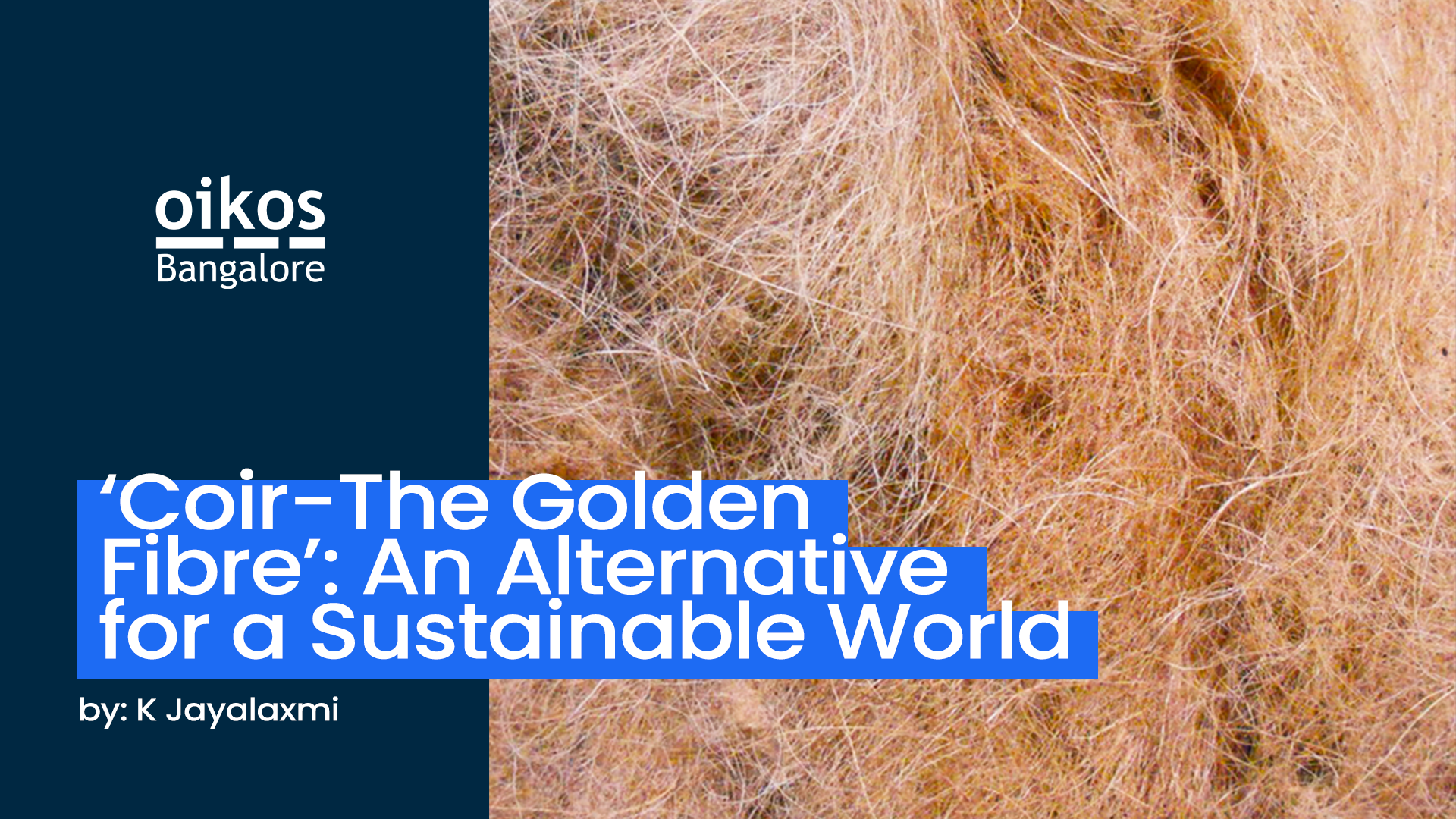
Sustainability is becoming an inexorably significant attribute of numerous organizations in light of the critical environment and climatic challenges presently being confronted. What is more, COVID-19 has featured the requirement for reinforcing supply chains across the globe. Organizations, governments, shared society, customers, cultivators, and funders have been tested to assume this liability. In rural businesses, there is a wide assortment of viewpoints on what sustainability implies. Also, regular consideration is given to a solitary trait, such as soil health, fossil fuel byproducts and high concentration of plastics, without perceiving that sustainability is a large number of unpredictable and interrelated elements intertwined together. There could be no single silver answer to accomplish ecological sustainability. Instead, it is all about careful consideration of alternatives based on short- and long-term outcomes. To attain sustainability, the feasibility and effect of alternative arrangements should be thought of, one among the best solutions being the usage of coir as an alternative.
India is the home of coir, where coir weaving began creating in 1859 in Alleppey, from where it spread its branches. The coconut fibre removed from the husk of coconuts is one of the hardest filaments and is considerably more worthwhile in various applications like soil erosion control, support and stabilization of soil, and more preferred alternatives. Coconut husks are developed in 93 nations on the planet, and India is the biggest coconut delivering country on the planet. Although coconut cultivation is highly concentrated in 18 states in the nation, coconut and their by-products appreciate consumers’ interest all through the country. Coir has been customarily utilized as rope and floor covers for mattresses. Aside from these, presently, coir is finding new applications as eco-accommodating substitutes like coir geotextiles, garden articles, coir wood furniture and coir toy products, and creating advancements for manufacturing coir fibre composites to substitute wood and other synthetics.
Coir is adequately eco-friendly; thus, its application would not cause any harm to the environment. Coir is not a byproduct of coconut but is a waste product reused for its recipient qualities to create the fibre and turned or woven into usable products. It is one of the countless results of the coconut palm known to India. One such innovation is the coir pith, a by-product that is a wellspring of abundance from squander.
The capability of nonconventional products is presently grounded; however, they are yet to acquire their due acknowledgement. This thus has to lead to the formation of more significant business openings especially in rural areas. The absence of awareness about the upsides of coir and its by-products, hesitance of artisans to utilize them, nonaccessibility of a critical mass of these items in the market are a portion of the hurdles on their approach to getting potential consumers. This industry can provide better employment opportunities to several people around the globe as well. While the world is looking for answers for the rising pollution levels and the devastation made by deforestation, coir and byproducts are the right solution for developing a sustainable world.




